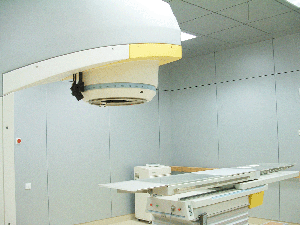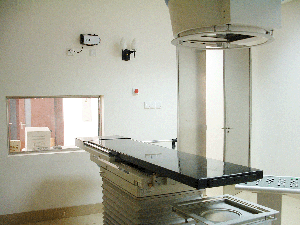The prototype concept of the linear accelerator was first proposed by British scientist G. Ising in 1924. In 1924, he proposed a design of a linear accelerator in an article entitled "The Principle of High-Voltage Electron Tunneling Radiation Method". According to G.Ising, the linear accelerator consists of a straight vacuum tube and a series of perforated metal drift tubes. The acceleration of the particles is accomplished by a pulsed electric field between adjacent drift tubes, and the synchronization of the electric field and the particles is achieved by the time delay of the length of the transmission line between the voltage source and the corresponding drift tube. At the same time, he wrote in the article: "It is too early to discuss in depth the details of the realization of the idea and the difficulties that may be encountered. I hope to do an experiment soon." This proposal was limited by the level of electromagnetic technology at that time. It is indeed difficult to achieve. But this concept is quite important and has a milestone impact on the development of linear accelerators. By 1928, the concept of the linear accelerator was officially proposed by the German scientist RolfWideroe, who completed the world's first linear accelerator. R. Wideroe describes the principle of this accelerator in the article "New Principles of Producing High Voltage". Unlike the G.Ising concept, the drift tube of the accelerator is alternately connected to a high frequency power supply and ground. The length of the transfer tube becomes longer as the particle velocity increases, ensuring that the particles can be accelerated each time they reach the gap at the correct time. In this accelerator, the beam first forms a bunch and then undergoes high efficiency acceleration. The beam is in the acceleration gap during the acceleration time to sense the acceleration electric field. When the electric field is reversed, the bunch is in the drift tube. At this time, the drift tube shields the decelerating electric field, so that the whole process is an acceleration process.
















